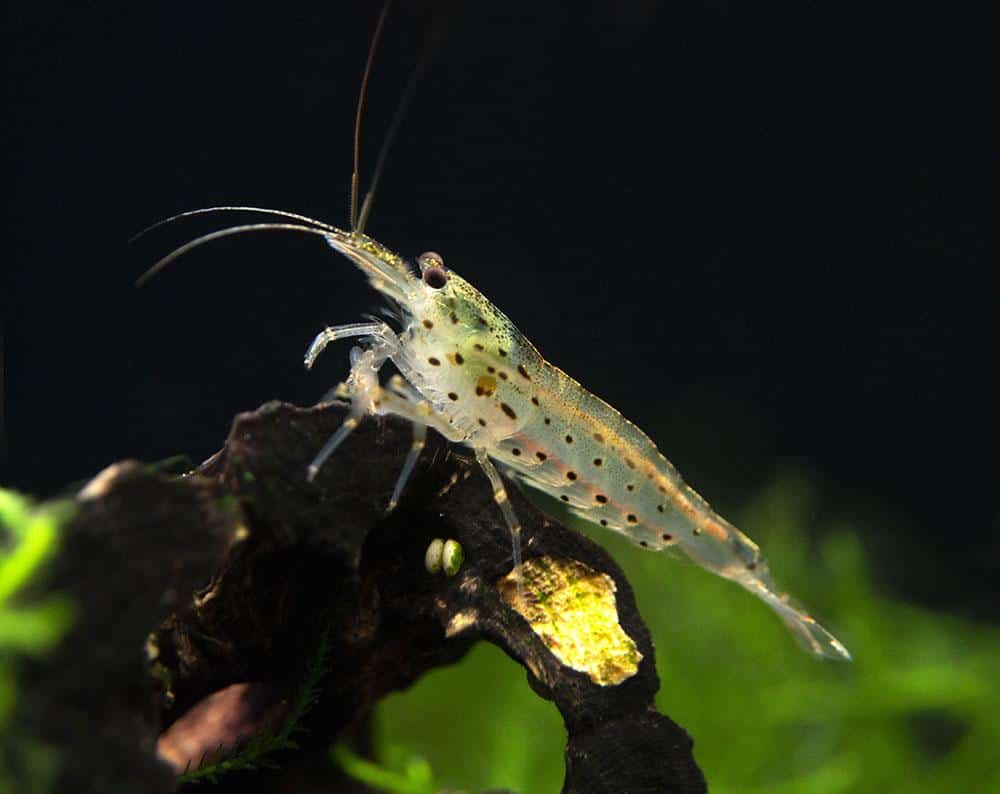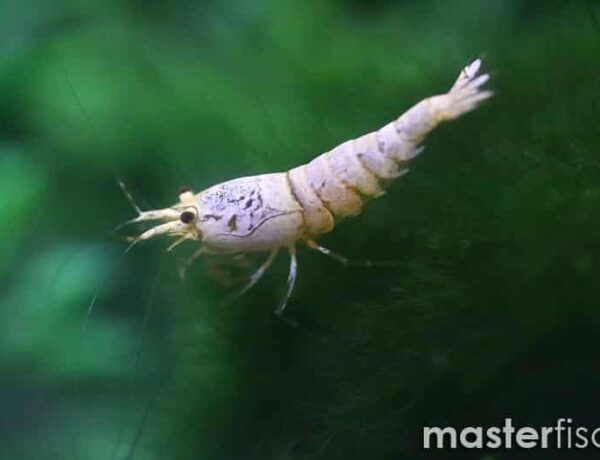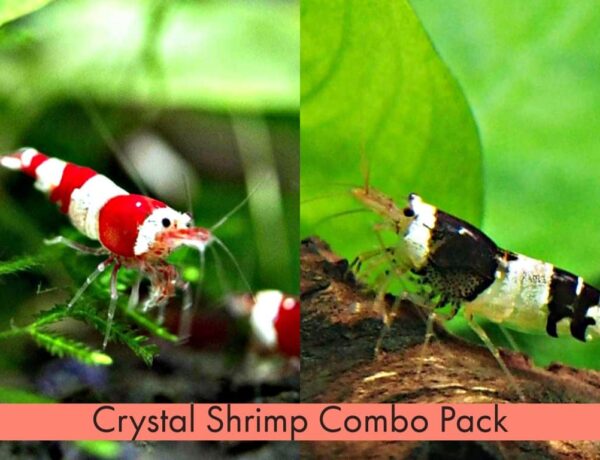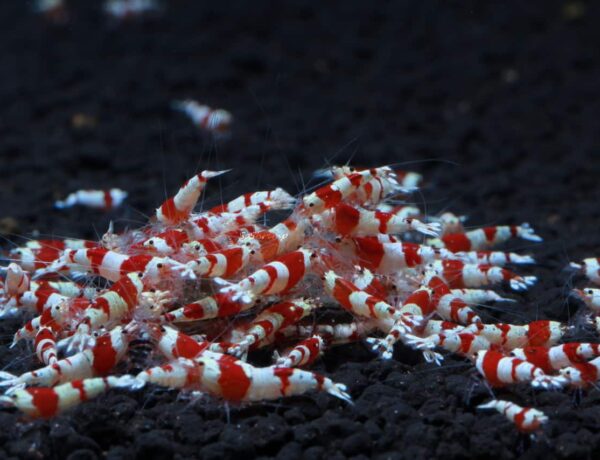Newsletter sign up
Amano Shrimp (Caridina multidentata)

Introduction To Amano Shrimp
The Amano shrimp, or scientifically known as Caridina Multidentata, is the invisible janitor in the aquatic world. The Amano shrimp originates from Japan and parts of Taiwan and Korea. Their reputation of relentlessly cleaning an aquarium is what makes them an essential addition for any freshwater tank. The Amano shrimp are omnivores, grazing non-stop off of plants, substrate, and hardscapes. It was named after Takashi Amano, who introduced the Amano shrimp to the aquatic hobby back in the 1980′s for their cleaning purposes.
- English name: Amano Shrimp, Yamato Shrimp, Algae-eating Shrimp, Japonica Shrimp
- Scientific name: Caridina Multidentata
- Origin: Japan, Taiwan, Korea
- Size: 1.5″ to 2″ (3.75 – 4 cm)
- Water temperature: 64 -82F
- Water Parameters: pH 6.0 – 7.5
- Breeding Rate: Difficult
- Behaviour: Non-agressive
- Difficulty: Easy-Moderate
Food & Diet

Source by: Daniel Szente
Amano shrimp are the beast eaters of the shrimp world. They are one of the largest freshwater shrimp, sizing up to a maximum of 2 inches. They forage constantly for food, namely algae. The Amano shrimp are also known to have the most variety of an appetite with algae. This includes: hair algae, thread algae, diatoms, cladophora, brush black algae, and some forms of red algae. Amano Shrimp have also had known cases of eating their exoskeleton (molted shell), live worms, and dead fish/inverts.
Sexing
Amano shrimp sexes can be distinguished by the dots on their exoskeleton. The males have a row of distinct round dots along its lower side. Females have elongated dots that look like broken dotted lines. These dots are reddish/brown in color. Females also have visible saddles, which are her undeveloped eggs. Female Amano shrimp are also larger in size compared to males.
Reproduction

Source by: Daniel Szente
Breeding Amano shrimp is pretty difficult because it consists of having brackish water (ie: saltwater) conditions for raising the fry. The fry also require a slow transformation from brackish water to freshwater while they mature to adulthood. There have been some rare cases of Amano shrimp breeding and raising larvae all the way up to adulthood in hard water.
After Amano shrimp mate, the female will glue the developing eggs under her swimettes and carry them for about 5 weeks till they hatch. You need to either transfer her to a breeding box with the same water conditions, or when they eggs hatch, use a light to drive them to the water surface and siphon them out. With the Amano shrimp larvae separated, you have 5-8 days to transfer them into brackish water, but it is recommended to add them directly into saltwater conditions. Here is some more information about Shrimp Reproduction and Growing larvae to adulthood.
Sensitivity
Amano shrimp are pretty hardy if introduced to an established aquarium. They can be extremely sensitive to excess amounts of ammonia and nitrate. Like any shrimp, any presence of copper in the water will kill them. If you start to see your Amano shrimp irregularly at the surface of your aquarium, it is due to high nitrate or poor oxygen levels.
Availability

Source by: Daniel Szente
Amano shrimp can sometimes be found at local fish stores and pet stores. They are usually imported from the wild. If buying online, you have a good chance of getting a 2nd generation cull from a hobbyist. Typically, hobbyist shrimp are even more hardy compared to wild/imported Amano shrimp. Prices don’t vary too much on Amano shrimp besides if buying from online, where shipping is one of the biggest price factors for DOA policy.
Amano Shrimp For Sale
Here is a list of a few online stores where Amano Shrimp are for sale:
Amano Shrimp (Caridina multidentata)

Introduction To Amano Shrimp
The Amano shrimp, or scientifically known as Caridina Multidentata, is the invisible janitor in the aquatic world. The Amano shrimp originates from Japan and parts of Taiwan and Korea. Their reputation of relentlessly cleaning an aquarium is what makes them an essential addition for any freshwater tank. The Amano shrimp are omnivores, grazing non-stop off of plants, substrate, and hardscapes. It was named after Takashi Amano, who introduced the Amano shrimp to the aquatic hobby back in the 1980′s for their cleaning purposes.
- English name: Amano Shrimp, Yamato Shrimp, Algae-eating Shrimp, Japonica Shrimp
- Scientific name: Caridina Multidentata
- Origin: Japan, Taiwan, Korea
- Size: 1.5″ to 2″ (3.75 – 4 cm)
- Water temperature: 64 -82F
- Water Parameters: pH 6.0 – 7.5
- Breeding Rate: Difficult
- Behaviour: Non-agressive
- Difficulty: Easy-Moderate
Food & Diet

Source by: Daniel Szente
Amano shrimp are the beast eaters of the shrimp world. They are one of the largest freshwater shrimp, sizing up to a maximum of 2 inches. They forage constantly for food, namely algae. The Amano shrimp are also known to have the most variety of an appetite with algae. This includes: hair algae, thread algae, diatoms, cladophora, brush black algae, and some forms of red algae. Amano Shrimp have also had known cases of eating their exoskeleton (molted shell), live worms, and dead fish/inverts.
Sexing
Amano shrimp sexes can be distinguished by the dots on their exoskeleton. The males have a row of distinct round dots along its lower side. Females have elongated dots that look like broken dotted lines. These dots are reddish/brown in color. Females also have visible saddles, which are her undeveloped eggs. Female Amano shrimp are also larger in size compared to males.
Reproduction

Source by: Daniel Szente
Breeding Amano shrimp is pretty difficult because it consists of having brackish water (ie: saltwater) conditions for raising the fry. The fry also require a slow transformation from brackish water to freshwater while they mature to adulthood. There have been some rare cases of Amano shrimp breeding and raising larvae all the way up to adulthood in hard water.
After Amano shrimp mate, the female will glue the developing eggs under her swimettes and carry them for about 5 weeks till they hatch. You need to either transfer her to a breeding box with the same water conditions, or when they eggs hatch, use a light to drive them to the water surface and siphon them out. With the Amano shrimp larvae separated, you have 5-8 days to transfer them into brackish water, but it is recommended to add them directly into saltwater conditions. Here is some more information about Shrimp Reproduction and Growing larvae to adulthood.
Sensitivity
Amano shrimp are pretty hardy if introduced to an established aquarium. They can be extremely sensitive to excess amounts of ammonia and nitrate. Like any shrimp, any presence of copper in the water will kill them. If you start to see your Amano shrimp irregularly at the surface of your aquarium, it is due to high nitrate or poor oxygen levels.
Availability

Source by: Daniel Szente
Amano shrimp can sometimes be found at local fish stores and pet stores. They are usually imported from the wild. If buying online, you have a good chance of getting a 2nd generation cull from a hobbyist. Typically, hobbyist shrimp are even more hardy compared to wild/imported Amano shrimp. Prices don’t vary too much on Amano shrimp besides if buying from online, where shipping is one of the biggest price factors for DOA policy.
Amano Shrimp For Sale
Here is a list of a few online stores where Amano Shrimp are for sale:


























No Comments